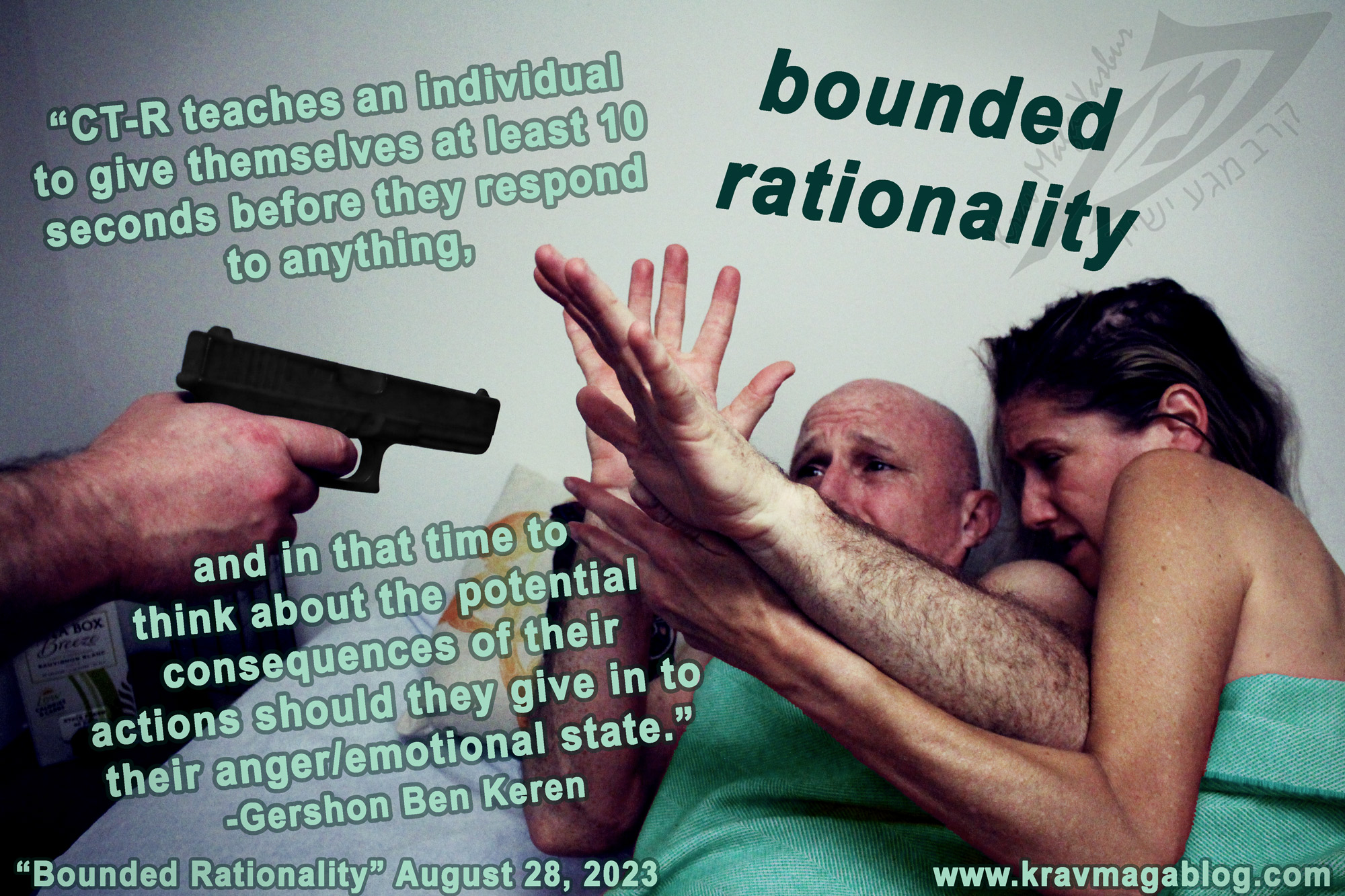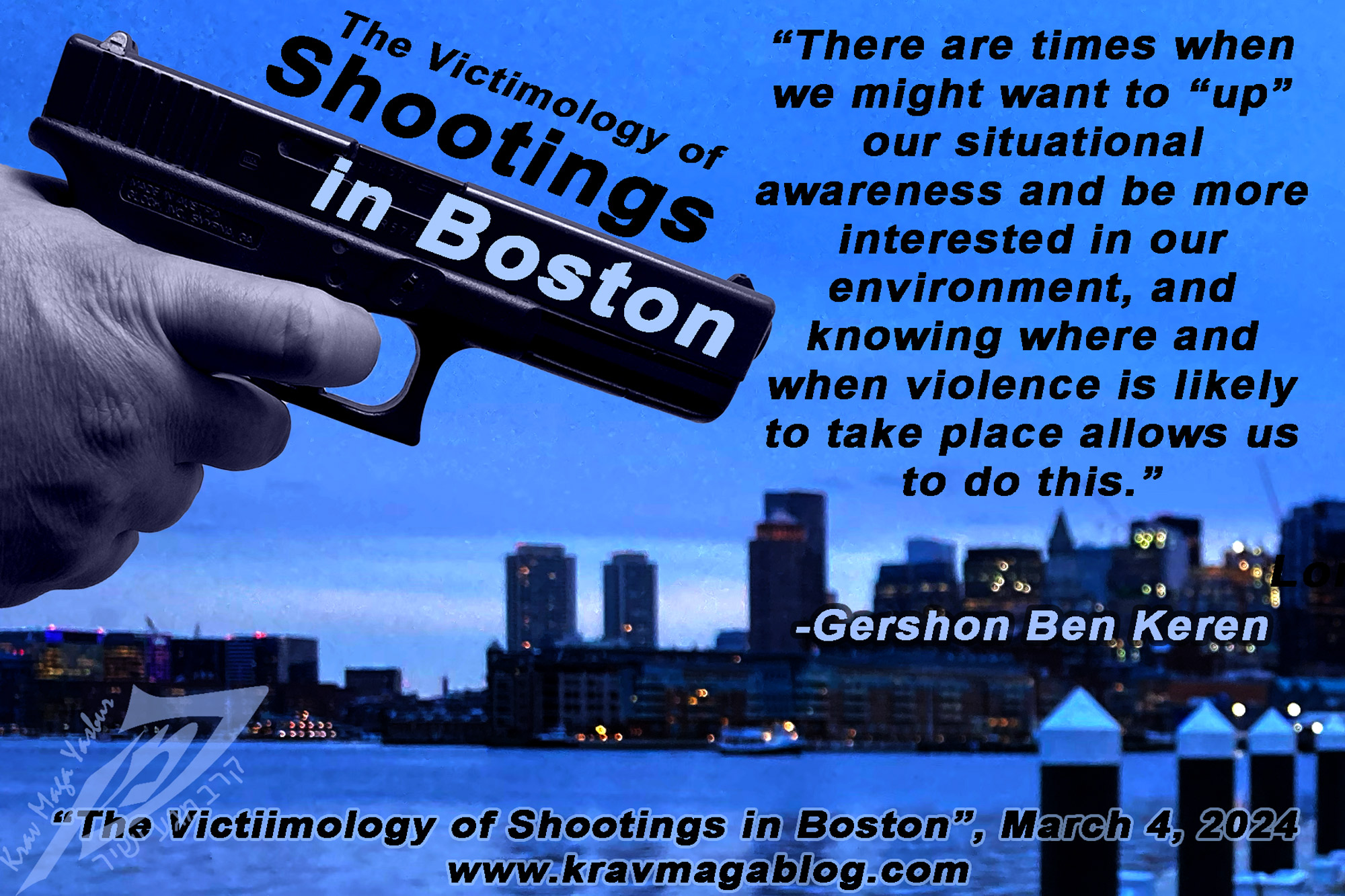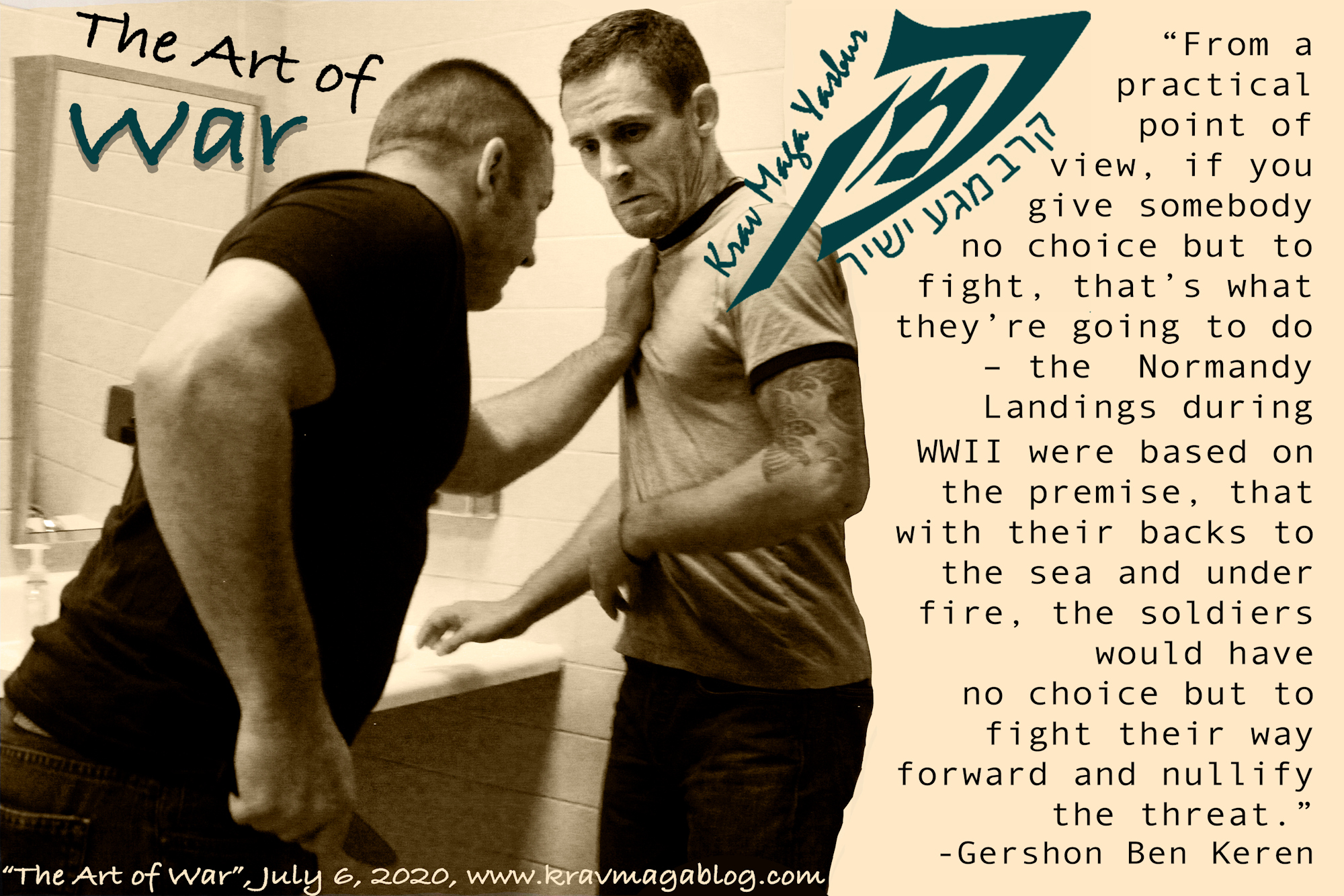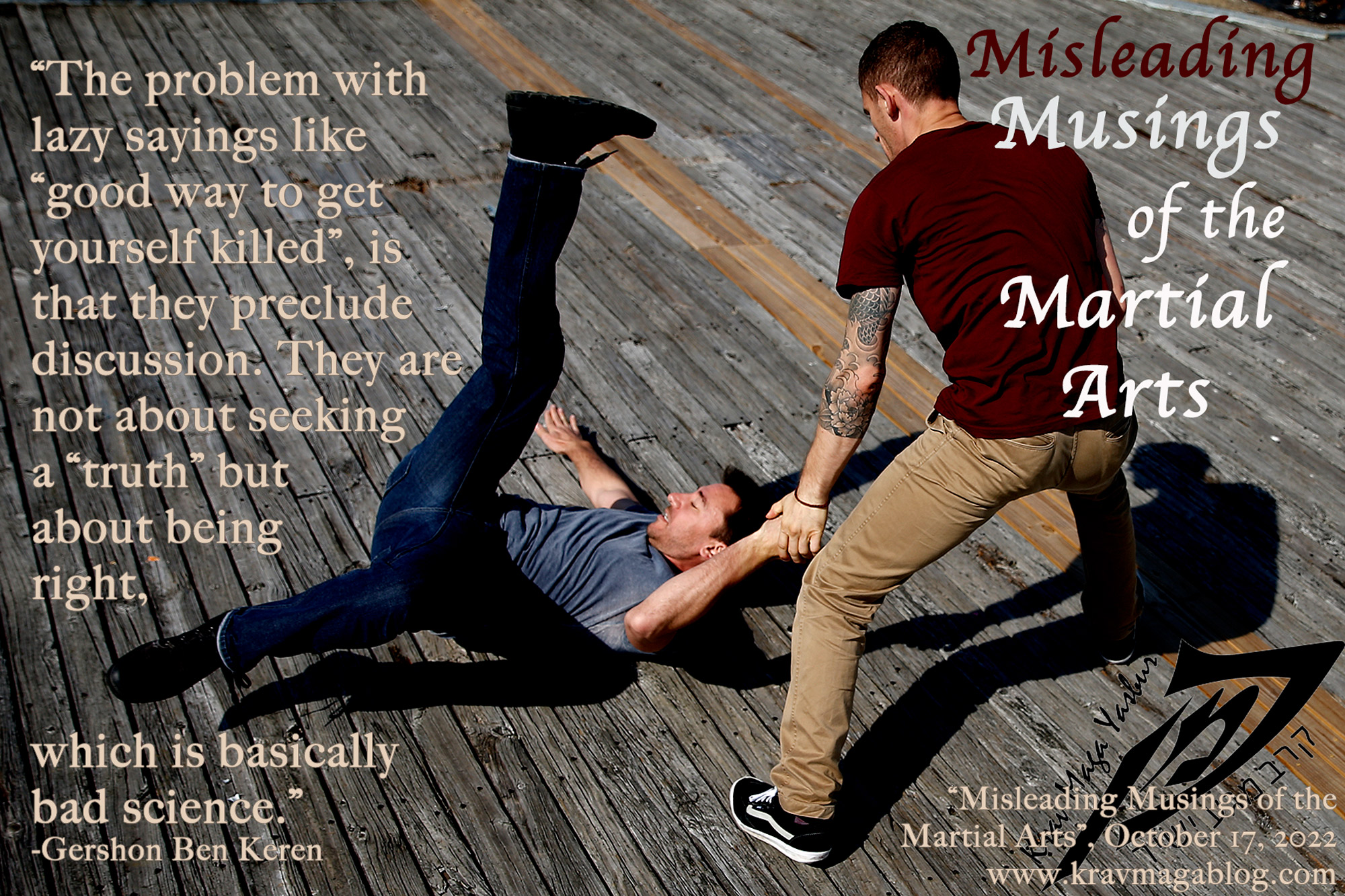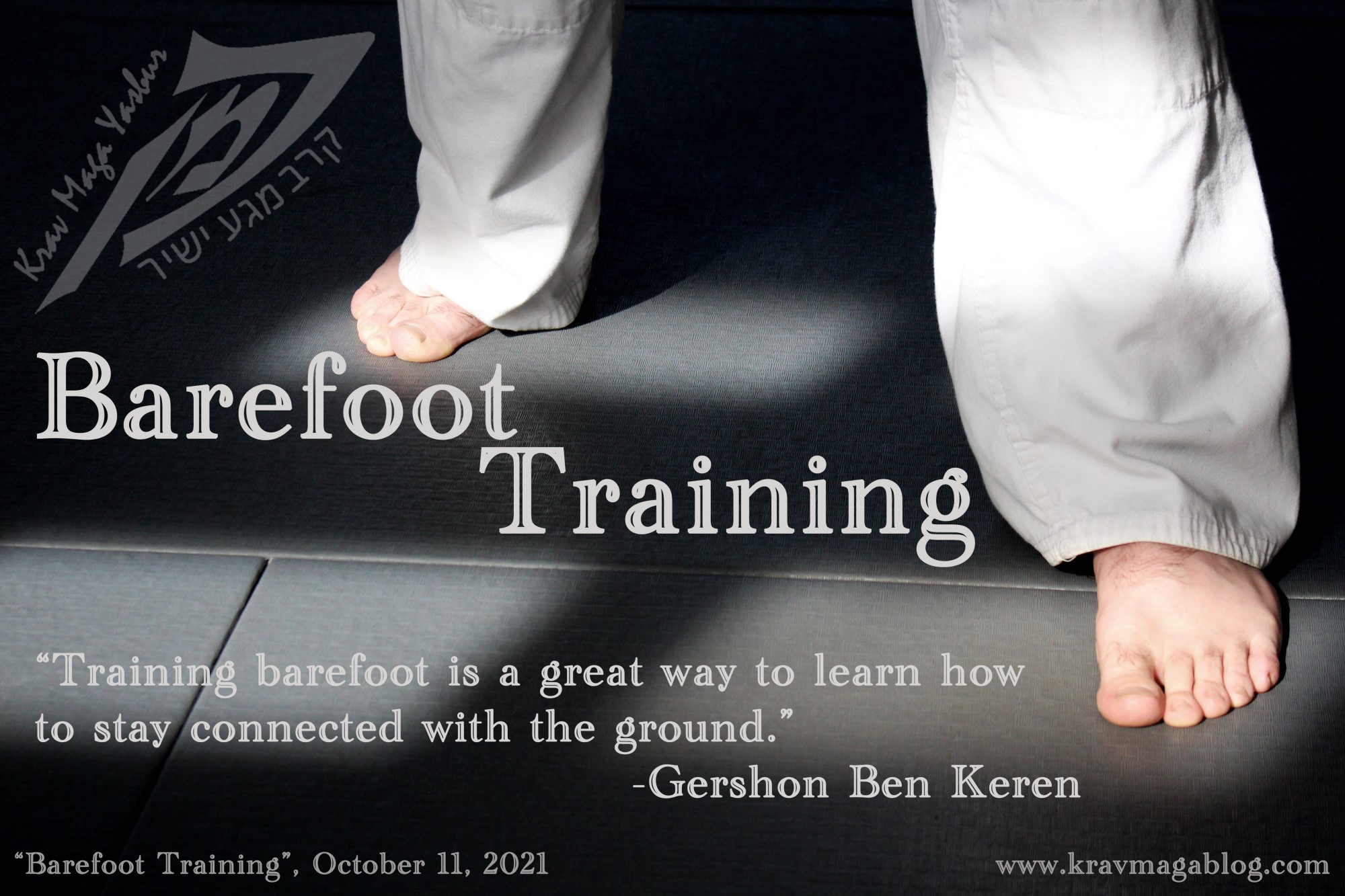The Art of War, is an article written by Gershon Ben Keren, a 5th Degree Black Belt in Krav Maga, who teaches Krav Maga in Boston, MA. He has also authored three Amazon best-Selling Books on Krav Maga.
There are few martial arts instructors who have not read Sun Tzu’s Art of War and looked at how the tactics he described for military success, can be translated for self-defense. If you’re an instructor or a student who hasn’t read it, I’d advise you to even if you’re unable to see the applications of the lessons when applied to one-on-one combat; it’s simply a good read, and one of the most densely quotable books I have ever read i.e. it’s worth reading because it forces you to think. In this article, I want to take some of the quotes/lessons I have found most applicable to self-defense, and modern day violence, and see how these can help us better understand our solutions, and how we should act when dealing with aggression, etc.
You know that Sun Tzu understands violence, because he says, “The supreme art of war is to subdue the enemy without fighting”, and, “The greatest victory is that which requires no battle.” Sun Tzu was a believer in diplomacy: that fighting was the very last resort, and always came at a cost – he recognized that there were times it was necessary, however it should never be the go-to strategy. The book is not about diplomacy, in that it does not suggest methods to resolve conflicts peacefully, because it is a book about war. If your goal as a student (and instructors are always students first) is to learn self-defense as opposed to just “fighting”, you need to learn how to disengage as well as de-escalate. Self-defense is a legal concept, and a claim/defense that you make i.e. that you had to use violence to protect yourself. The first “test” of that claim is whether you could have walked away from the conflict, and the fact that you shouldn’t have had to because you weren’t doing anything wrong, etc. doesn’t satisfy that. Not being in a battle, because you knew how/when to walk away, or resolve it diplomatically through de-escalation and conflict resolution methods, should be a significant part of your training and attitude. It’s not something that should be paid lip service to, or rushed over i.e. “The greatest victory is that which requires no battle.” – put ego aside and enjoy the victory of not having to fight.
Continuing on with this, Sun Tzu states, “He who wishes to fight must first count the cost.” There are many potential costs when engaging in a physical confrontation. There is of course the potential physical cost of getting injured e.g. what if your assailant pulls a knife in the middle of the fight and/or has friends/third parties in the environment who can come to their assistance? Have these costs been accounted for in your decision making? Have you considered the fact that you may get arrested, and now have a record, even if you were legally justified to use physical force; the courts, not the police will ultimately decide, and if there is some confusion as to who the aggressor actually was, all those involved may get arrested. If at some point you find yourself looking for a new job, and your prospective employer googles your name, will they find that public arrest record? Even if at trial you weren’t found guilty, a potential employer with a good pool of candidates may play it safe, and choose not to select you for interview, etc. What may seem worth it in the moment, may not be soon after the incident, when you realize that you have a long road ahead of you, possibly legally, medically, and career-wise, etc.
One of my favorite quotes is, “When you surround an army, leave an outlet free. Do not press a desperate foe too hard.” It also highlights one of the issues around having a default tactic of brining an opponent to the ground, to control them i.e. you deny them and yourself an outlet, through which either of you can escape. This is not to say you shouldn’t know how to fight and survive on the ground, which includes knowing how to control aggressors, choke assailants out and apply joint locks, etc., as well as knowing how to get back up to standing - which is the common reality-based self-defense attitude towards ground fighting i.e. the only purpose is to know how to get back on to your feet. I believe all these things should be taught as part of a comprehensive self-defense program. However, if your default strategy is to take somebody to ground, you are forcing the person to fight, as you will not be able to provide them with a disengagement opportunity. If we look at it from a legal perspective, you took the fight to the ground, and prevented your assailant from being able to disengage - if they then argue that they were trying to get away, but because you had pulled guard, wrapping your legs around them, you prevented them from doing this, you may now be viewed as the aggressor, and your actions may not be considered as fulfilling the requirements of self-defense. From a practical point of view, if you give somebody no choice but to fight, that’s what they’re going to do – the Normandy Landings during WWII were based on the premise, that with their backs to the sea and under fire, the soldiers would have no choice but to fight their way forward and nullify the threat. Taking away all of a person’s options only leaves them with one, which brings us full circle to, “The greatest victory is that which requires no battle.” i.e. don’t force an assailant to battle.
A consistent message in The Art of War is that of balance e.g. “He who relies solely on warlike measures shall be exterminated; he who relies solely on peaceful measures shall perish.” Just as you should be able to deal with a situation physically doesn’t mean you should, and if you always rely on disengagement and de-escalation, without considering the use of force at some point, you will fail. Understanding when threats are real and when they’re not is an essential self-defense skill, along with selecting the right method for dealing with it.
0 COMMENTS

